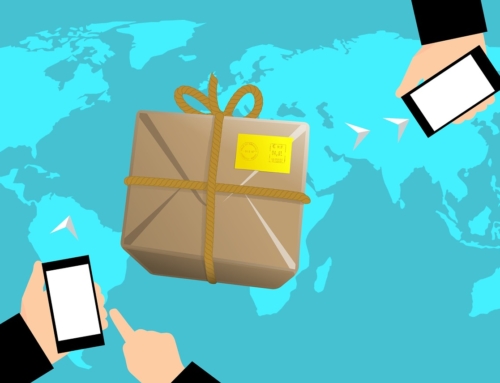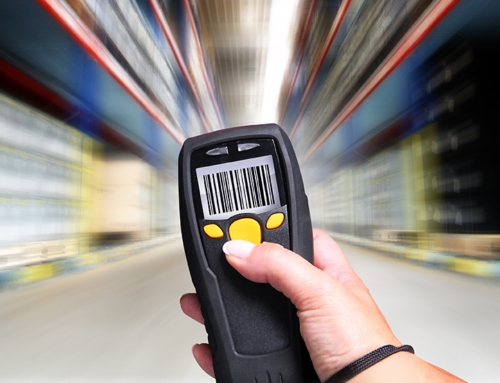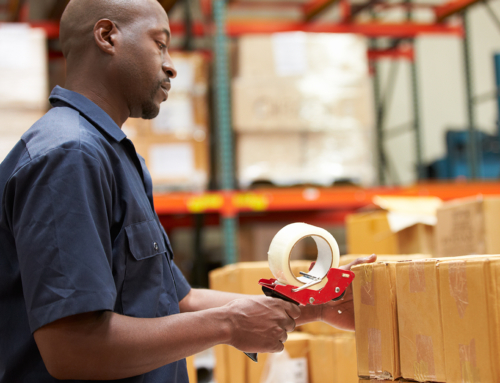Selling anything online has become a careful balancing act between moving enough inventory to make a meaningful profit and not getting bogged down with too many returns to justify the effort you’re putting forth.
Because returns can reach 30 percent in some eCommerce retail sectors, it’s vital that your returns process is as streamlined as it can be, otherwise your entire business venture is at risk. These three trends in streamlining are definitely worth paying attention to, no matter how big or small your reverse logistics department is today.
- Greater Investment in Tech and Infrastructure
It might not be particularly novel, but returns management has long lagged behind forward-facing logistics when it comes to investments in infrastructure. This is a big part of the problem for many companies.Although it may hurt a little upfront to dole out the cash for updated equipment and modern software and even take a bit of time to redesign methodologies, that investment will pay off in an overall more efficient reverse logistics process.
- Smart Labels With Every Order
Sending a smart label with every order doesn’t cost you anything more than the paper they’re printed on, but it can save you in headaches and surprises.It’s a tiny little label that can do so much more than you might imagine. When a customer indicates that they need to make a return and use the label, you’re notified the moment the shipper scans it in. That way you can plan for that item to come back to your center and can prepare for handling it, based on the customer’s reason for return. This also ensures that customers get their credits faster, which makes them pretty happy.
- Utilizing Big Data for Big Decisions
Big decisions, small decisions, Big Data can help. It sounds pretty intimidating when you call it that, but basically, Big Data is just a set of tools to deeply analyze any given situation in reverse logistics using information from the past and the present.Computer modeling can help you make better decisions about how to handle problems like, for example, how to grade items that are returned. In this example, the end result is more consistent and faster decisions that are far less subjective than if you had relied on human opinion alone.
Streamlining the returns process should be high on your list of things to do. Your front-facing logistics may be running like a well-oiled machine, but if your reverse logistics team is still rusty and slow, your customers will be unhappy and your team will be increasingly overwhelmed as returns back up. It all means one thing in the end: you’re going to lose money. And no one wants that.







Leave A Comment